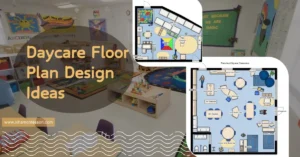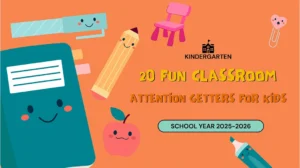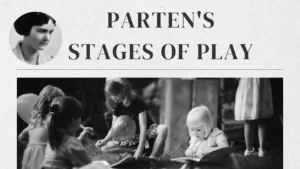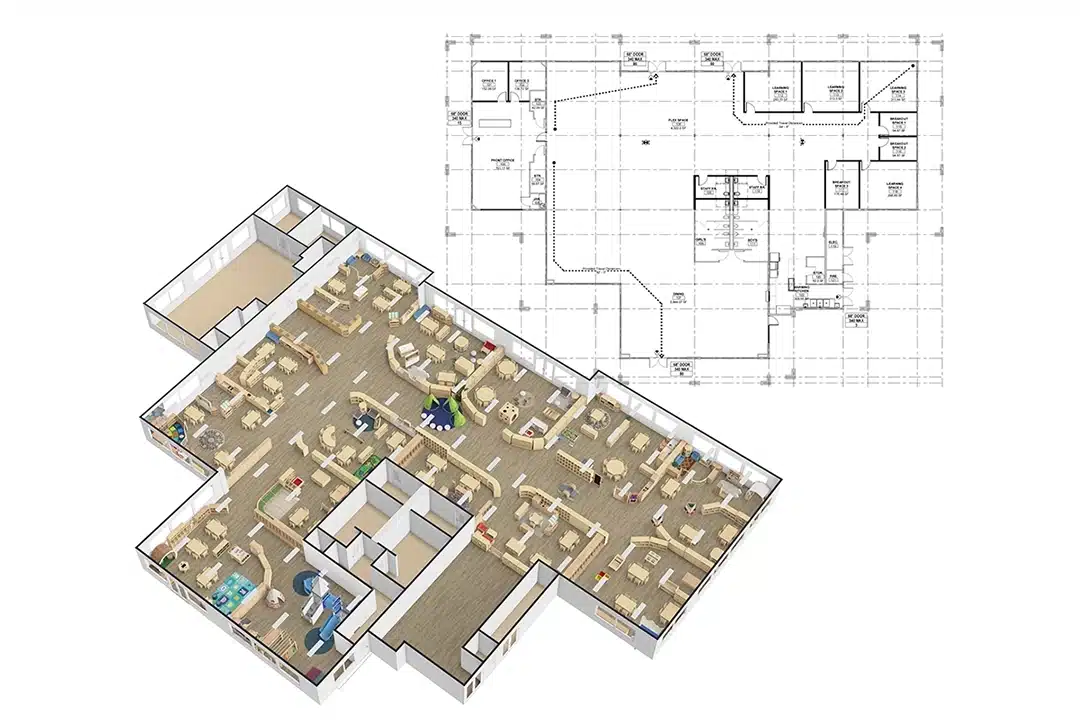Are you wondering why some children struggle with focus, language, or behavior while others seem to flourish naturally? Do you ask yourself what stimulates young minds during their formative years? Most importantly, can your school or kindergarten environment truly support early development? The answer may lie in one simple concept: Sensory Play.
Sensory Play is far more than just a fun activity. It’s a scientifically proven method to boost a child’s brain development, emotional regulation, and learning readiness. Through hands-on interaction with textures, sounds, lights, and motion, children build stronger neural connections that help them think, feel, and respond more effectively to the world around them.
Let’s explore how sensory play benefits child development, the science behind it, and how parents and educators can easily incorporate it into daily routines.
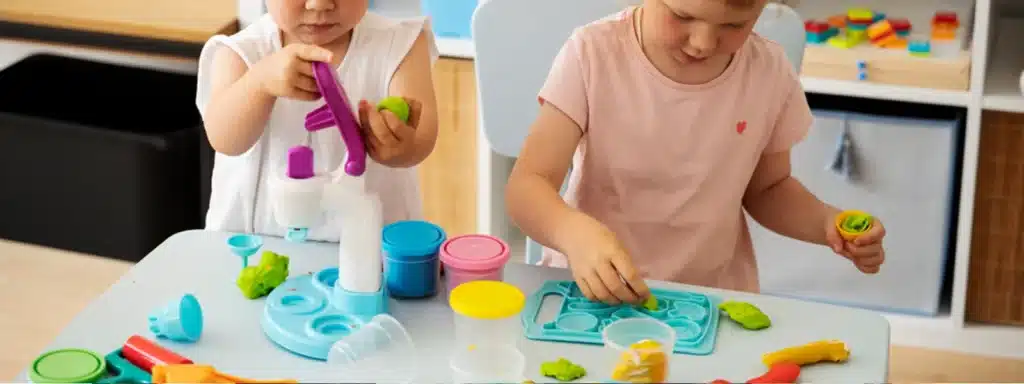
What is Sensory Play?
Sensory Play refers to any activity that engages a child’s senses—touch, taste, smell, sight, sound, and movement and balance. It could be as simple as squeezing a sponge, playing with textured fabrics, or listening to calming sounds. These playful interactions help children explore the world, develop fine and gross motor skills, and process sensory information efficiently. Sensory Play nurtures the brain’s ability to make neural connections, especially crucial during early development when the brain is most adaptable.
Children don’t just play for fun—each squish, shake, or sniff builds cognitive pathways. Engaging multiple senses together helps improve attention span, problem-solving, and emotional regulation. It turns everyday experiences into powerful learning moments, naturally enhancing development across domains.
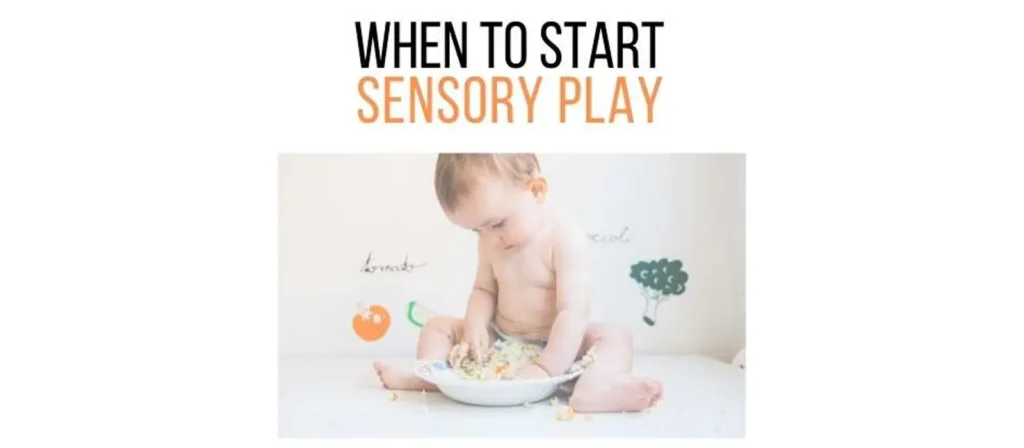
When to Start Sensory Play
Sensory Play should begin at birth. Babies start learning through their senses from their very first breath. Visual contrasts, soft music, and gentle textures offer safe sensory stimulation for newborns and infants. As your child grows, sensory activities should become richer and more interactive.
From 0-6 months, provide black-and-white images, soft rattles, and gentle rocking. From 6-12 months, introduce water play, soft foods, and textured fabrics. There’s no “too early”—just tailor activities to your baby’s sensory maturity.
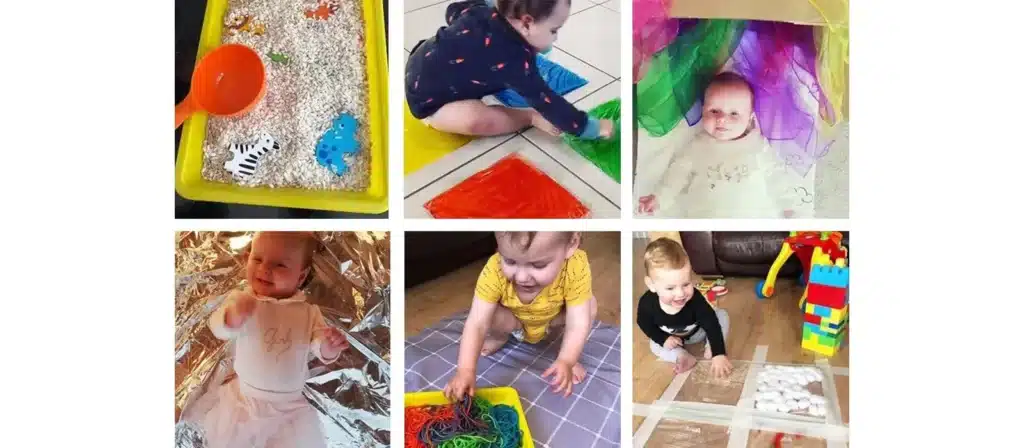
Benefits of Sensory Play
When thoughtfully designed and consistently practiced, sensory play offers impressive sensory developmental benefits. These advantages span cognitive, emotional, physical, and social domains, making it an essential tool in early childhood education. Below are the key benefits broken into actionable categories:
1. Multi-sensory Engagement
Sensory play simultaneously activates multiple senses, boosting the brain’s ability to process complex information. When children hear music while painting with scented paint, they engage auditory, visual, tactile, and olfactory senses, reinforcing Memory and learning through integration.
2. Promote Cognitive Development
Sorting beads, pouring sand, and observing melting ice cubes are all part of sensory play activities for preschoolers that strengthen Memory, sequencing, and logical thinking. Children learn faster when concepts are experienced physically rather than abstractly.
3. Emotional connection
Children with emotional sensitivity or developmental disorders benefit from soothing materials such as playdough, weighted toys, or warm water. This is particularly impactful in sensory play for autism, where structured, repetitive sensory input can reduce anxiety and increase focus.
4. Promote Language Development
Talking about the feel of slime or the sound of maracas helps children label experiences and build vocabulary. These sensory dialogues are foundational to expressive and receptive language skills.
5. Enhance Memory
Children who recall how something smelled or felt during play exercise their Memory. This cross-sensory recall enhances learning and retention.
6. Promote Brain Development
Early sensory play for babies supports brain plasticity. Tactile, auditory, and visual stimulation helps develop the hippocampus, cerebellum, and sensory cortex, boosting learning and Memory.
7. Physical Development
Kneading dough or climbing through tunnels improves strength, coordination, and balance. Using sensory play toys like textured balls or balance boards targets fine and gross motor control.
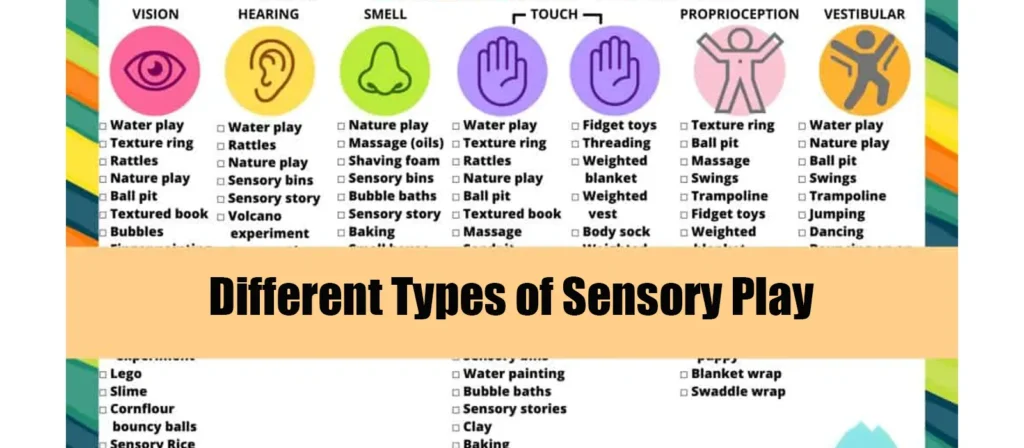
What are the Different Types of Sensory Play?
Sensory play spans various categories, each focusing on one or more of the senses. Here are the core types:
Tactile Play
Tactile sensory play involves the sense of touch. It’s the most common and easily accessible form. Children learn by touching, squishing, squeezing, and molding materials. Examples include playing with kinetic sand, mud, dry pasta, slime, or textured books. These activities build fine motor control and texture recognition.
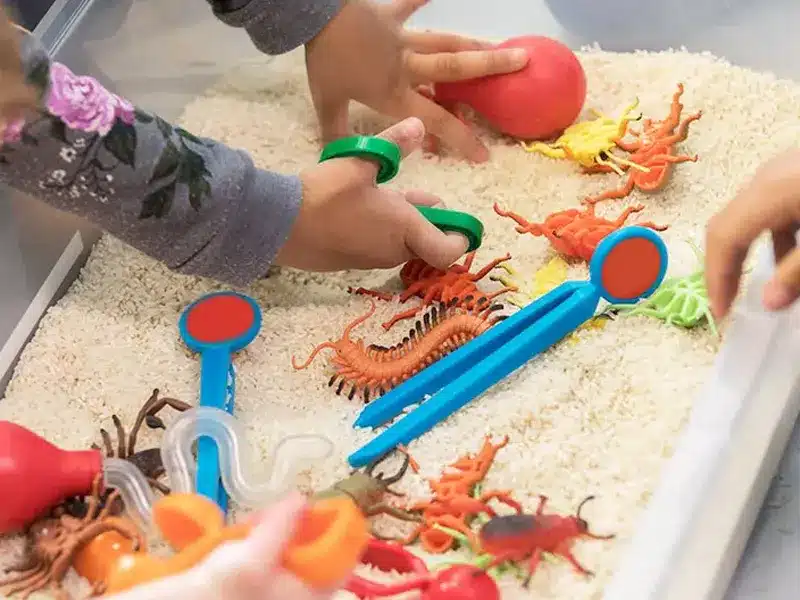
Auditory Sensory Play
This type of play stimulates hearing. Children might listen to music, experiment with instruments, or explore sound-making objects like bells and shakers. Auditory play supports language development, sound differentiation, and listening skills essential for classroom success.
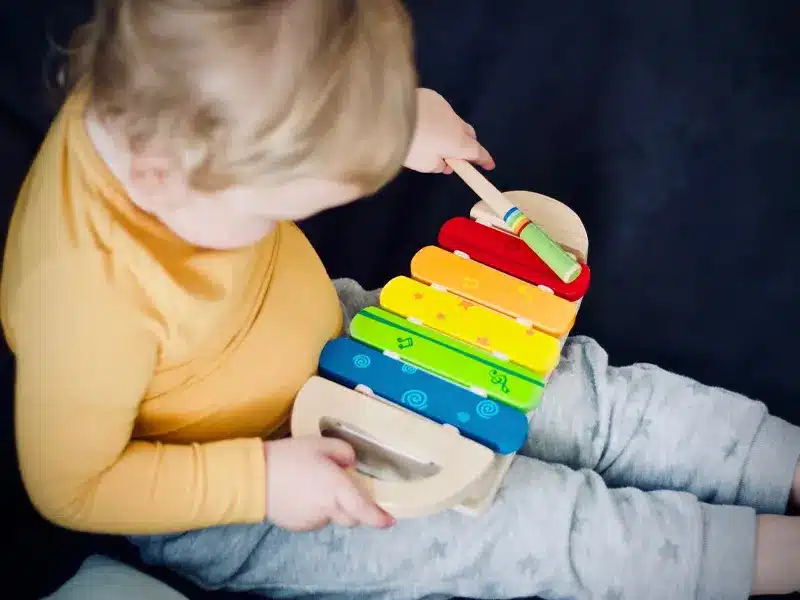
Visual Sensory Play
Visual play focuses on stimulating sight through light, color, and pattern. Toys that change color, mirrors, light tables, and bright mobiles offer visual stimulation. This enhances visual tracking, attention span, and contrast recognition—which is critical for reading and spatial awareness.
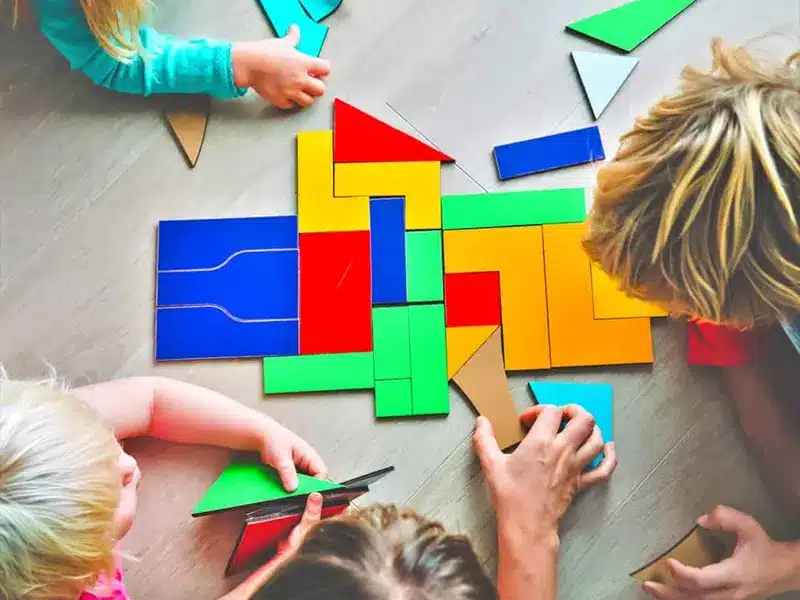
Olfactory and Taste Sensory Play
Engaging the senses of smell and taste can be powerful, especially for young children exploring food. Activities might include scented dough, flavored ice cubes, or safe taste-testing of fruits and spices. These experiences help with sensory discrimination and encourage healthy eating habits.
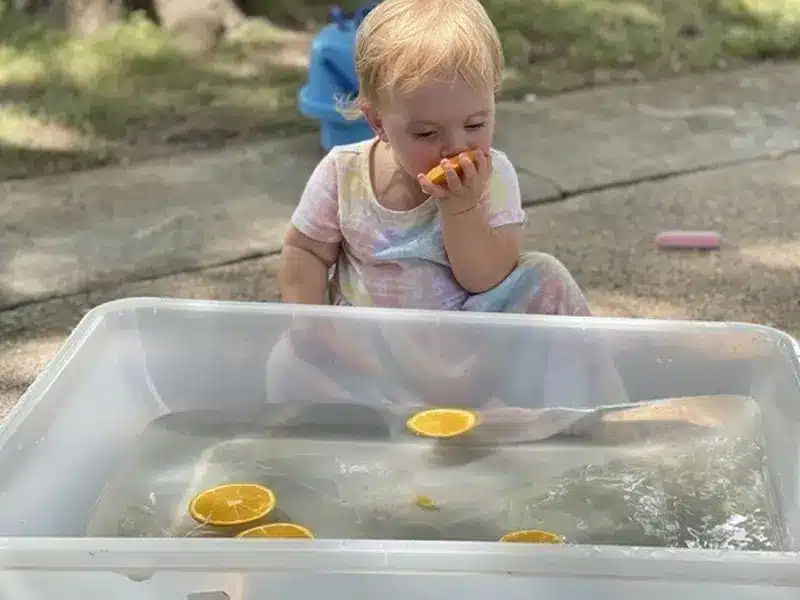
Vestibular Play
The vestibular system controls balance and spatial orientation. Spinning, swinging, and bouncing stimulate this system. It helps children develop coordination and is crucial for sitting still, focusing, and walking in a straight line.
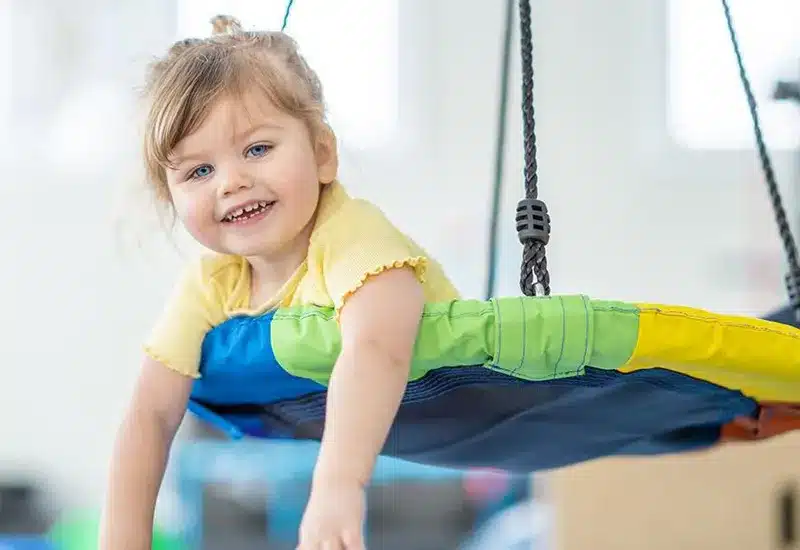
Proprioceptive Play
This sense tells us where our body is in space. Pushing heavy toys, jumping, or crawling through tunnels strengthens proprioceptive awareness. It supports posture, movement, and body coordination.
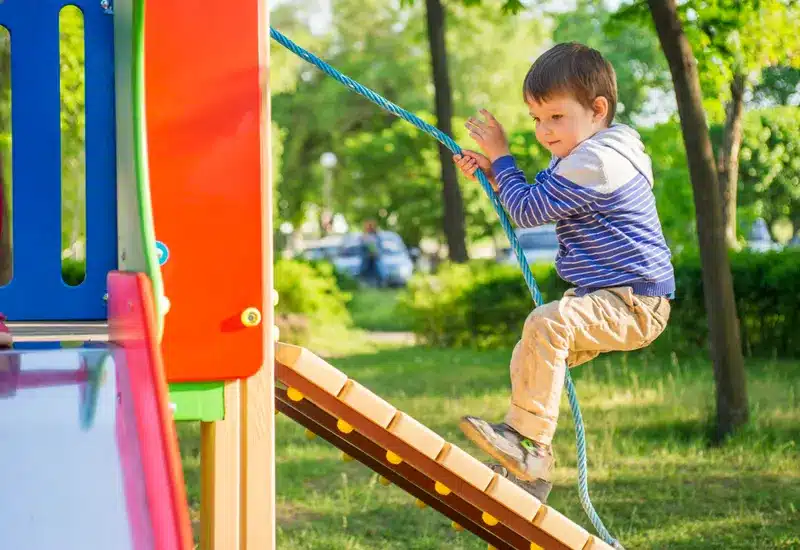
Examples of Sensory Play Activities for Different Ages
Children at every stage of early development benefit from sensory play, but the approach must match their age and developmental needs. Below are practical examples of safe, engaging, and effective sensory play for babies, toddlers, and preschoolers.
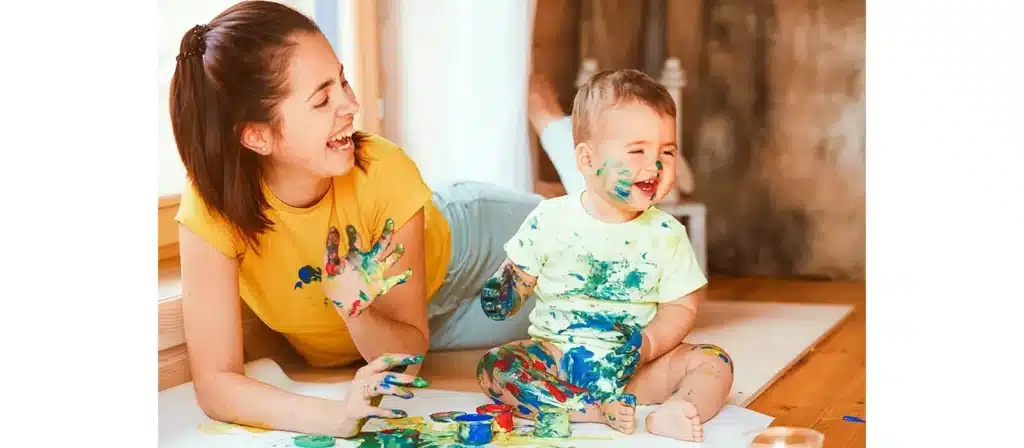
1. Sensory Play for 0–12 Months
For infants, exploration begins with their first sensory impressions—sound, light, touch, and smell. The goal at this stage is to stimulate without overwhelming.
Infant sensory play ideas include:
- Soft fabric books with varied textures
- High-contrast black and white cards
- Hanging mobiles with movement and light reflection
- Sensory water play mat filled with floating shapes
- Gentle music or white noise for auditory stimulation
These activities encourage visual tracking, early motor control, and sound localization. When used intentionally, even a simple sensory play toy like a textured rattle becomes a tool for growth.
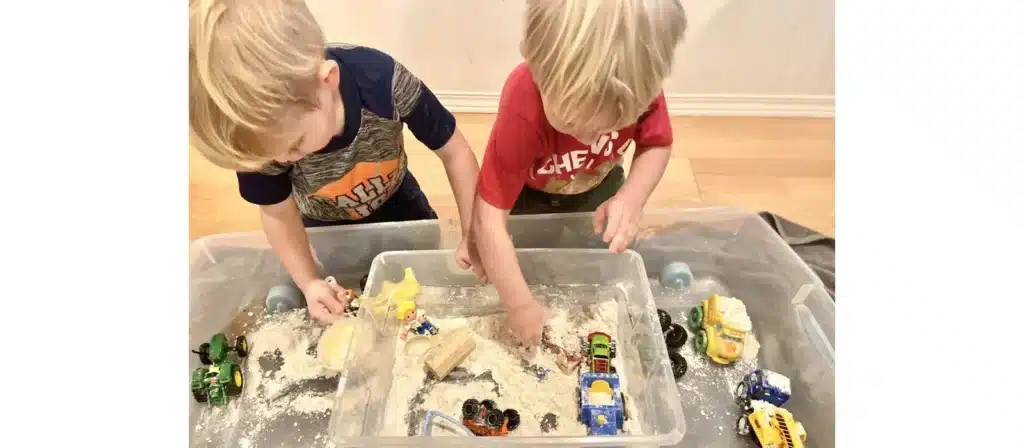
2. Sensory Play for 1–2 Years
Toddlers are ready for more interactive experiences. They’re curious, mobile, and eager to engage with their environment. Sensory play for toddlers this age should encourage exploration, language, and physical skills.
Ideas include:
- Playing with rice, oats, or sand bins
- Scooping and pouring in sensory water play stations
- Walking barefoot on a textured sensory path
- Tearing paper or squishing clay
- Exploring scent jars (vanilla, mint, lemon)
These sensory play activities also help with hand-eye coordination and emotional regulation—two key developmental priorities at this age.
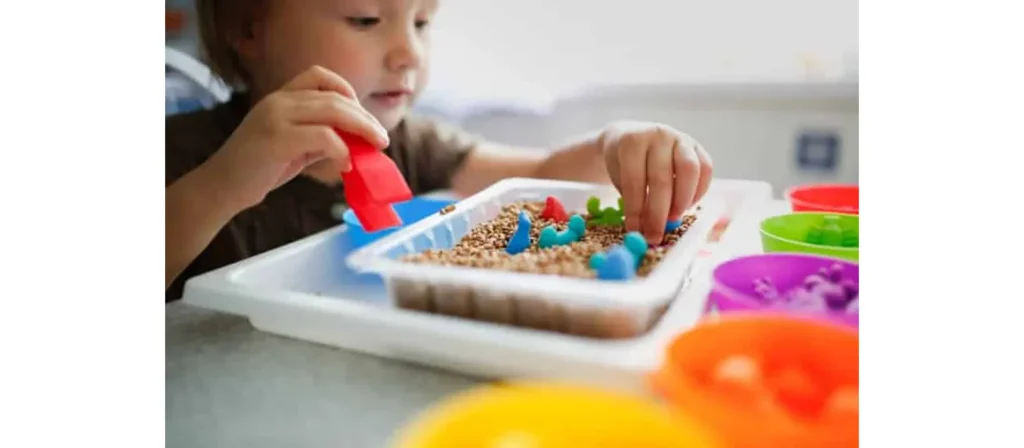
3. Sensory Play for 2–3 Years
This stage is ideal for introducing structured indoor sensory play and expanding multi-sensory tasks. Language develops rapidly, and children can now begin identifying and describing sensations.
Sample activities:
- Group-based sensory play activities for preschoolers using matching games
- Finger painting with safe, scented paints
- Playing with soft dough using cutters and rollers
- Water beads for tactile exploration
- Color sorting with large tweezers
Now is a great time to introduce basic sensory play equipment like light tables, texture boards, or rolling mats. These tools not only enhance sensory exploration but also begin preparing children for classroom structure and routine.
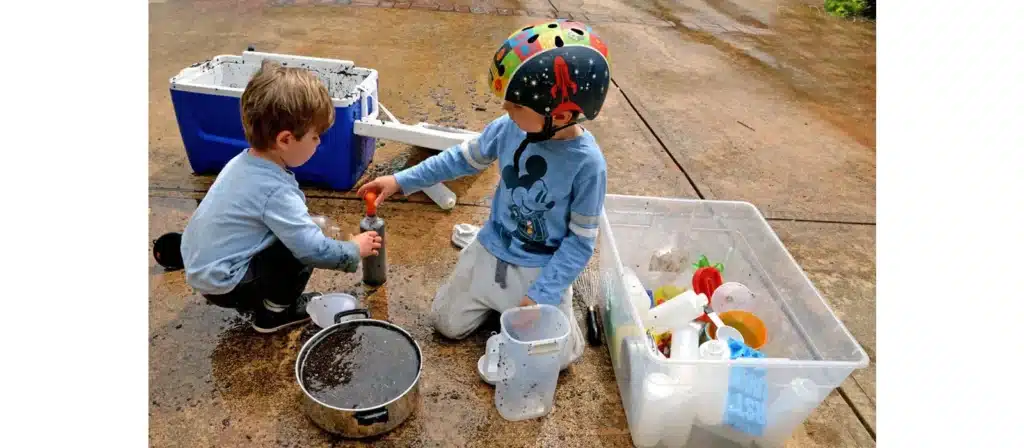
4. Sensory Play for 3–4 Years
Preschoolers can handle more complex, creative sensory tasks. They begin to combine imagination, fine motor skills, and sensory understanding in play, which makes sensory play more thematic and educational.
Recommended activities:
- Creating scenes in kinetic sand trays
- Ice melting experiments with salt and warm water
- Building sensory bottles with glitter, beads, and oil
- Sorting mystery objects by texture or sound
- Collaborative storytelling using tactile flashcards
At this stage, play makes sensory learning even more powerful as children begin to connect experiences with language, memory, and emotion. Teachers and caregivers should regularly rotate materials for sensory play to maintain novelty and challenge.
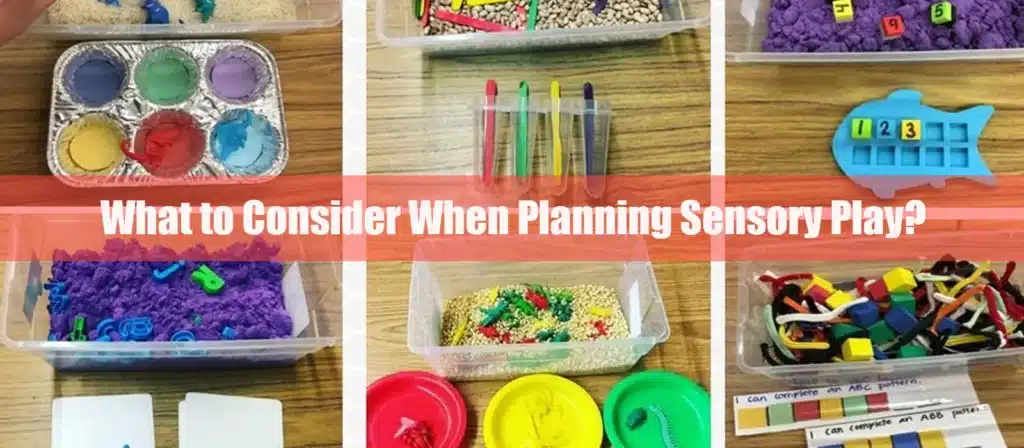
What to Consider When Planning Sensory Play?
Planning sensory play for kids doesn’t require elaborate setups, but it does benefit from intentional choices. Whether you’re designing sensory play for toddlers or older preschoolers, the process begins with understanding your purpose.
Determine the Overall Goal
Before setting up, ask: What do I want my child to learn or experience? If the goal is to soothe, activities like water pouring or sand raking should be calming. If you want to stimulate language, activities should encourage naming and description—like scented dough or storytelling with textured puppets.
Choose a Sensory Play Activity
Selecting the right activity depends on your child’s preferences and age. For instance, infant sensory play might involve soft fabrics and high-contrast visuals, while sensory play for preschoolers might feature scavenger hunts with textures or sound-sorting games.
Consider the Environment
Is the space safe, clean, and adaptable? For indoor sensory play, ensure surfaces are protected and minimal distractions. Outdoors, check that the materials used are safe for nature (e.g., no synthetic glitter) and children.
Follow Their Lead
Children know what their bodies need. Some might gravitate toward messy play, while others prefer calm sensory experiences. Let their reactions guide your setup and duration.
Keep it Simple
Don’t overcomplicate your sessions. The best sensory play activities often use just one or two materials and focus on a single sensory element. This allows children to fully engage without feeling overwhelmed.

How to Incorporate Sensory Play into Your Child’s Daily Life?
Whether you’re a kindergarten director, a parent, or an early childhood educator, incorporating sensory play into everyday routines doesn’t require elaborate setups or expensive tools. Some of the most powerful sensory play ideas are simple, repeatable, and can be done with household items or classroom staples.
Here’s how to seamlessly integrate sensory play activities into daily life:
1. Set Up a Sensory Station
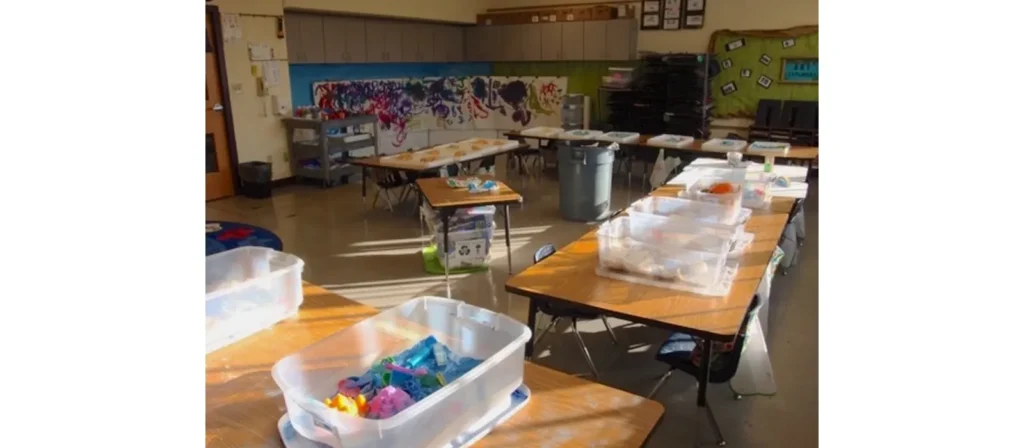
Designate a corner or small space at home or in the classroom with rotating sensory play toys and materials. For example, a bin filled with dry pasta today could be filled with water beads tomorrow. The key is variety and accessibility.
For those in educational environments, investing in versatile sensory play equipment—such as sensory tables, balance tools, or texture panels—ensures consistent engagement across ages and skill levels.
2. Include Sensory Play in Transitions
Use indoor sensory play to ease transitions between activities or calm children after recess. A five-minute session with stress balls, scented dough, or simple water play can reset attention and reduce classroom disruption.
Children with unique needs, especially those involved in sensory play for autism, greatly benefit from structured sensory breaks that help them regulate and refocus.
3. Take Advantage of Natural Moments
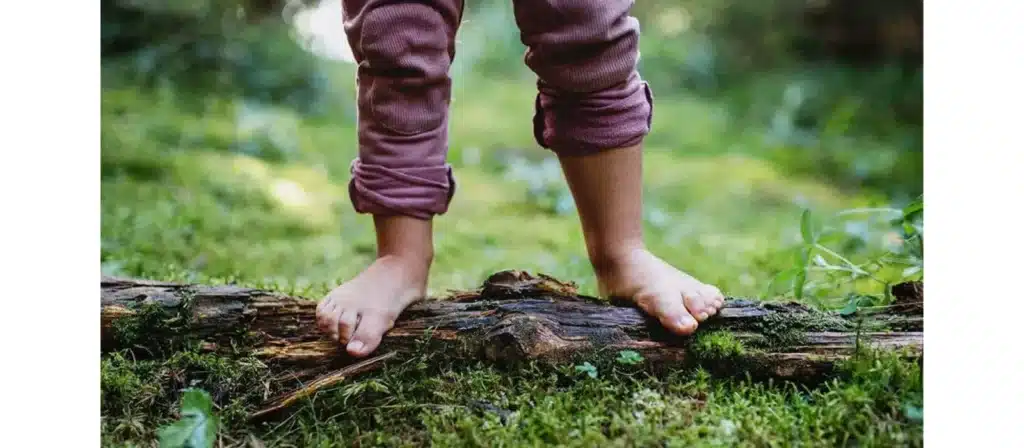
You don’t always need a “sensory kit.” Let children experience sensory play for toddlers naturally through barefoot walks in the grass, squeezing sponges in the tub, or helping mix cookie dough. Household chores, like sorting laundry by texture or matching spice smells, offer organic sensory input.
4. Be Intentional with Language
During any sensory-rich moment, talk about what the child is experiencing. “Is it rough or smooth?” “Does it smell sweet or sour?” Describing sensations enhances language development and reinforces memory.
5. Keep It Fresh
Children quickly lose interest if the sensory environment doesn’t change. Rotate textures, materials, and even color schemes every few weeks.
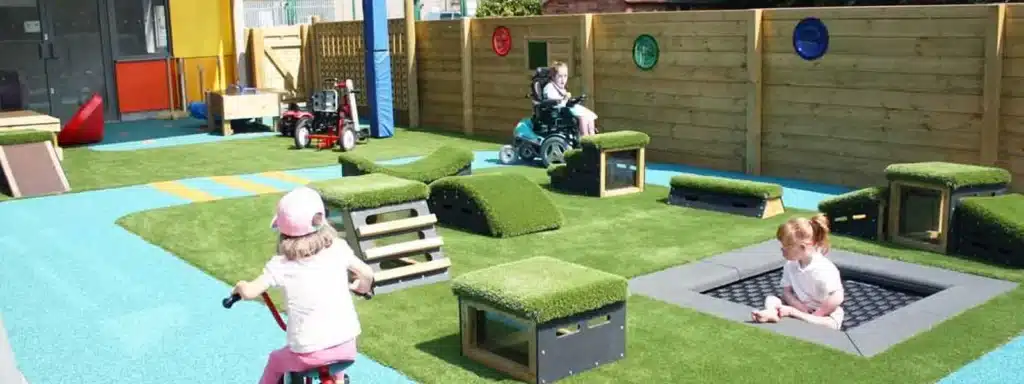
Sensory Play Equipment
Investing in basic sensory play equipment can significantly enhance the play experience, offering structure, safety, and variety.
Indoor sensory play equipment
- Sensory bins: Filled with rice, beads, or sand
- Balance boards or wobble cushions: Engage proprioception
- Tactile mats and tunnels: Great for crawling and exploration
- Light tables: For visual sensory play
- Fidget toys and kinetic sand: Perfect for calming activities
- Sensory water play mats: Ideal for sensory play for babies to strengthen tummy time and visual tracking.
- Sensory bottles: DIY calming tools that are perfect for focused indoor sensory play.
Outdoor sensory play equipment
- Water tables: Essential for sensory water play
- Mud kitchens: Offer messy, exploratory experiences
- Sand pits: A classic tool for tactile play
- Swings and hammocks: Stimulate the vestibular system
- Climbing frames: Build motor coordination and spatial awareness
- Textured pathways and nature exploration stations: Turn your backyard into a sensory play for preschoolers’ wonderland.
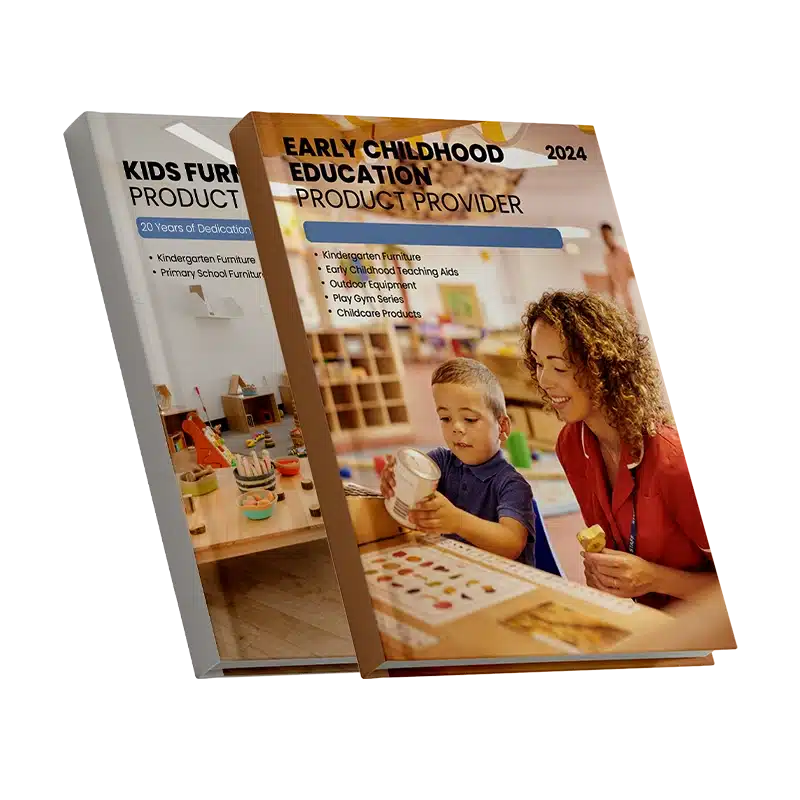
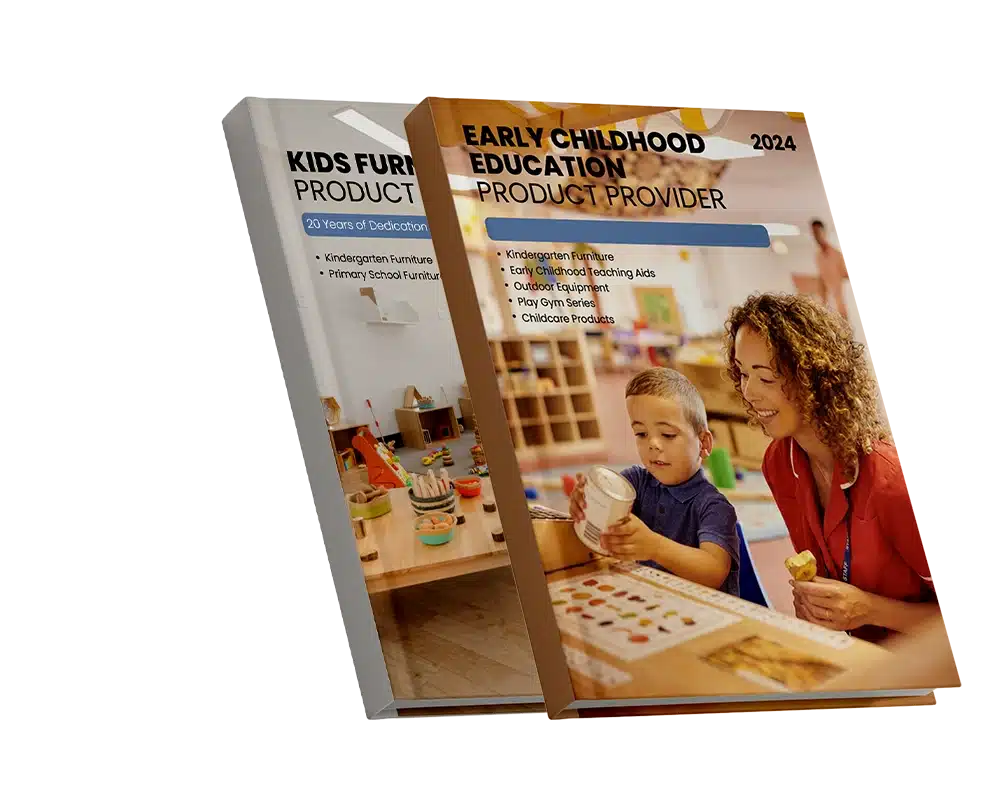
Use Household Materials for Sensory Play
You don’t need expensive supplies to create effective sensory play for kids. Most homes already contain a treasure trove of items that stimulate the senses naturally and safely.
1. Visual
Vision-based sensory play for babies and toddlers helps develop tracking, color recognition, and focus.
Household visual tools include:
- Colorful bottle caps for sorting games
- Old CDs for light reflection
- Foil, mirrors, or shiny containers
- Transparent containers with layered liquids (oil, water, food dye)
- DIY color-matching games using socks or paper swatches
You can even create your visual sensory play clipart by cutting images from magazines or printing bold patterns and placing them in laminated cards for baby-friendly play.
2. Auditory
Sounds help children understand rhythm, cause and effect, and auditory discrimination. These activities are especially helpful in sensory play for autism, where certain tones can soothe or stimulate, depending on the child’s needs.
Try these ideas:
- Plastic containers filled with rice, beans, or buttons for shaking
- DIY wind chimes made from spoons and string
- Pots and pans drumming sessions
- Listening walks with homemade audio cues
These simple tools promote sound recognition and are ideal for sensory play, where toddlers can explore pitch, volume, and tone differences.
3. Tactile
Tactile experiences are the foundation of sensory play, helping children understand temperature, texture, and resistance.
Use these everyday materials:
- Cooked pasta for a slippery, squishy feel
- Scraps of fabric or sponges of varying textures
- Cotton balls and sandpaper for contrast
- Soapy water and bath toys for soft resistance
- Dried legumes or oatmeal for digging and scooping
These DIY setups rival commercial sensory play toys in effectiveness—and sometimes exceed them in emotional engagement.
4. Olfactory
Smells are closely tied to memory and emotion, making them powerful components of sensory play. Use safe, natural materials to introduce children to both familiar and new scents.
Household ideas:
- Citrus peels, cinnamon sticks, or mint leaves
- Cotton balls dipped in vanilla or almond extract
- Herbal teas like chamomile or peppermint in sniff jars
- Scented lotions or soaps applied to sponges
Olfactory sensory play activities are excellent for calming overactive classrooms or introducing new concepts in thematic learning (like a “fruit week” or “garden day”).
5. Taste
Taste-based activities are ideal for older toddlers and preschoolers under close supervision. These explorations encourage curiosity about food and reduce anxiety in picky eaters.
Try:
- Flavored gelatin for squishing and tasting
- Yogurt painting on edible paper
- Blind taste tests using fruits or safe snacks
- Dips with varied textures (hummus, applesauce, yogurt)
Sensory play for kids involving taste should always focus on safety—choose familiar, allergy-safe ingredients and avoid choking hazards.
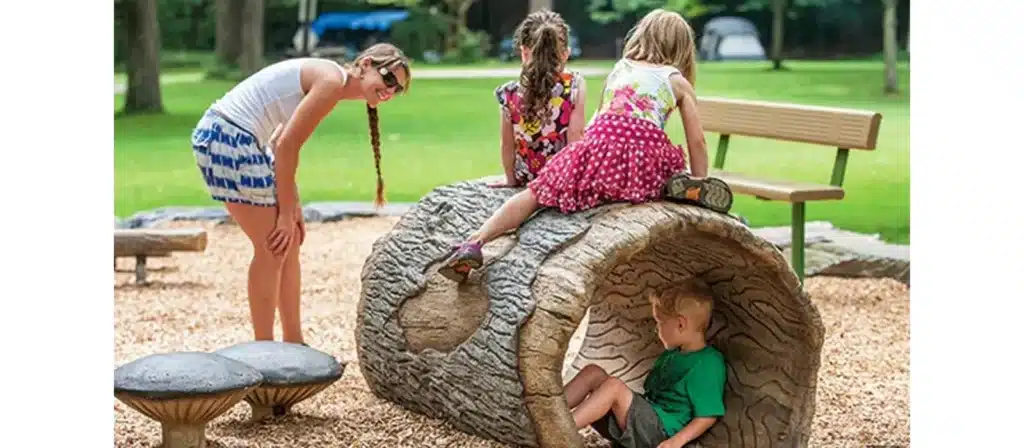
Exploring Outdoor Sensory Play
Nature offers a rich, ever-changing canvas for sensory play. Unlike controlled indoor environments, outdoor settings introduce children to unpredictable elements—wind, sun, soil, water, and sound—which challenge their senses more dynamically and authentically.
Why Outdoor Sensory Play Matters
- Full-body engagement: Running barefoot on grass, climbing, or jumping on uneven surfaces gives children vital proprioceptive and vestibular input that supports balance, coordination, and spatial awareness.
- Natural materials for sensory play: Dirt, stones, bark, water, and leaves provide a variety of textures that stimulate curiosity and build a deeper connection with the natural world.
- Cognitive growth: When children experiment with floating and sinking leaves or explore how mud changes consistency with added water, they develop early scientific reasoning.
- Emotional regulation: Outdoor environments reduce overstimulation, which is often caused by indoor noise and artificial lighting. For children with sensory processing differences, like those benefiting from sensory play for autism, being outside can be soothing and energizing.
Easy Outdoor Sensory Play Ideas
You don’t need a large playground or expensive sensory play equipment. Try these simple yet effective outdoor activities:
- Sensory water play with buckets, funnels, and floating toys
- Digging areas with shovels, scoops, and dry soil
- Nature scavenger hunts using texture or color clues
- Wind listening walks using pinwheels or paper strips
- Leaf or flower pressing using wax paper and books
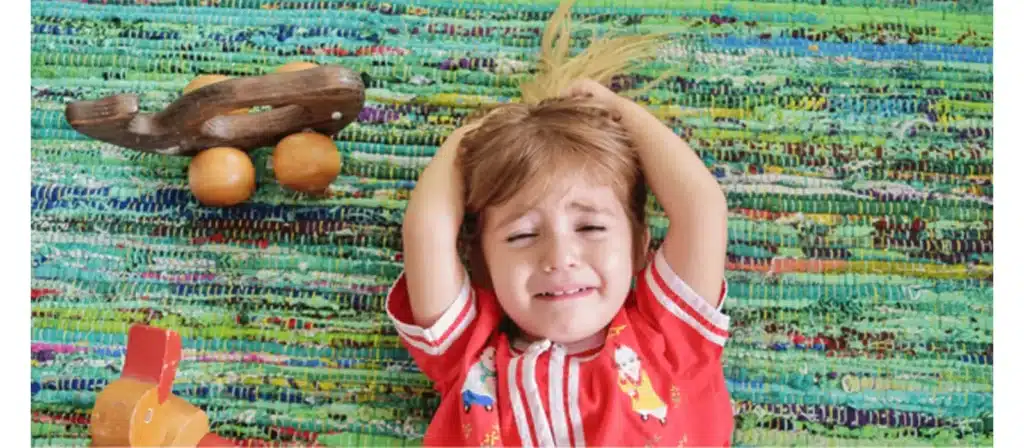
Overcoming Challenges with Sensory Play
While the benefits of sensory play are well-established, consistently implementing them isn’t always easy. Educators, caregivers, and parents may face barriers like time constraints, mess concerns, sensory overload, or a lack of training or resources.
However, with the right mindset and strategies, these challenges can be overcome—ensuring that all children, including those with special needs, can enjoy the full value of sensory play activities.
1. Concern About Mess
One of the most common barriers to sensory play for toddlers or preschoolers is the potential mess. Water spills, rice on the floor, paint on clothes can feel overwhelming in a busy setting.
Solutions:
- Use easy-clean trays or bins to contain materials
- Set clear rules and routines for cleanup (children love to help!)
- Limit activities to outdoor spaces or tiled areas when possible
- Keep a supply of aprons or smocks available
2. Sensory Overload
Not all children enjoy every sensory experience. Certain textures, sounds, or smells can be distressing for some, especially those benefiting from sensory play for autism.
Solutions:
- Start with familiar or neutral materials (dry rice, soft cloths)
- Allow the child to observe before participating
- Offer alternatives and respect refusals
- Gradually build tolerance with repeated low-intensity exposure
3. Limited Budget
Many institutions worry that they can’t afford high-quality sensory play equipment. While these tools are helpful, they aren’t essential for effective sensory play.
Solutions:
- Use household and natural materials for sensory play as discussed earlier
- Build a “sensory lending library” where tools rotate between classrooms
- Train staff to improvise with everyday items like fabrics, spices, and recycled containers
4. Time Constraints
With academic goals, testing, and packed routines, making space for daily sensory play activities can feel hard. But these experiences aren’t just “extra” but support all other learning.
Solutions:
- Integrate sensory play into other subjects (counting beans, storytelling with textures)
- Use it as a transition tool or for early finishers
- Schedule short, focused sessions—15 minutes daily is enough to make a difference
FAQs
- Is sensory play messy?
Yes, and that’s part of its value! Messy play teaches exploration and creativity. Controlled environments help manage cleanup. - Can sensory play help with anxiety?
Absolutely. Many sensory activities are calming and used in therapy to support emotional regulation. - How often should kids do sensory play?
Daily sensory play is ideal. Even short sessions of 15–30 minutes can have significant benefits. - Are there risks in sensory play?
With proper supervision and safe materials, sensory play is low-risk. Always check for allergies and choking hazards. - What if my child doesn’t like sensory play?
Start slow. Introduce one texture or activity at a time, and never force participation. Children often grow to enjoy it with time. - Is sensory play only for young children?
No. While it’s most critical during early childhood, older children also benefit from sensory-rich experiences for focus, stress relief, and learning enhancement. - Can sensory play help children with developmental delays?
Absolutely. Sensory play is widely used in therapeutic settings to support children with autism, ADHD, and other sensory processing disorders. - Is outdoor sensory play better than indoor?
Both offer unique benefits. Outdoor sensory play includes natural sounds, smells, and textures, while indoor sensory play allows for structured, repeatable activities.
Conclusion
Sensory play is not a luxury—it’s a developmental necessity. By stimulating one or more senses, these activities nurture a child’s brain, body, and emotions. It offers a safe, joyful way to explore the world, build confidence, and develop essential life skills.
From helping a baby discover textures to encouraging a preschooler to solve problems, sensory play shapes how children think, move, feel, and communicate. It empowers them to make sense of their environment, adapt to change, and interact meaningfully with others.
Every child deserves the gift of sensory play—and every parent and educator has the power to provide it.



